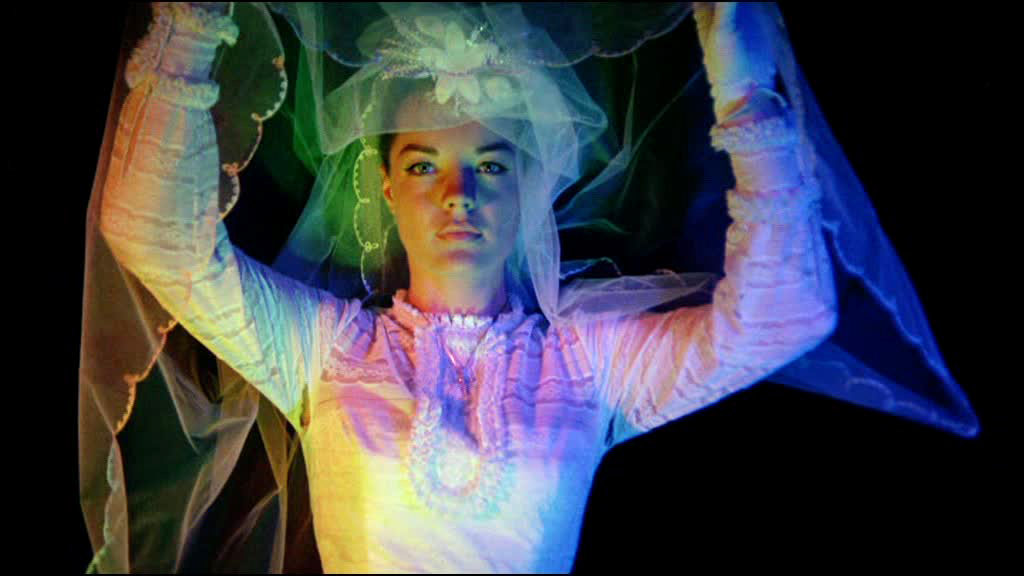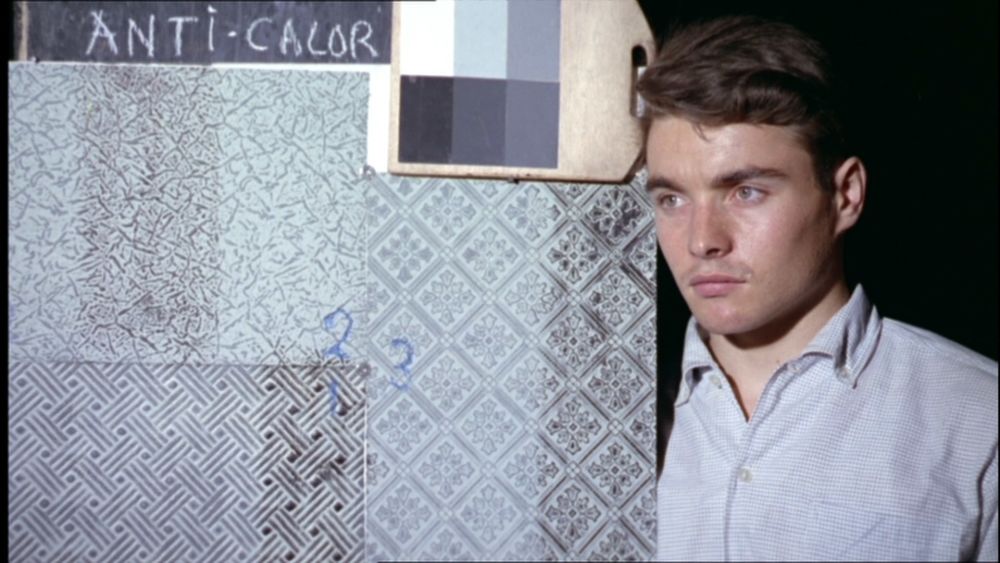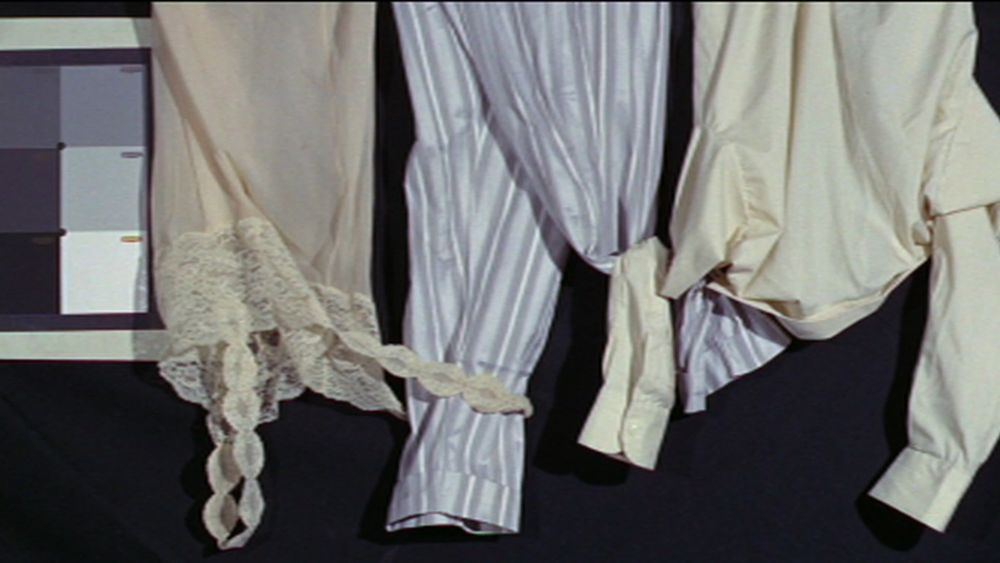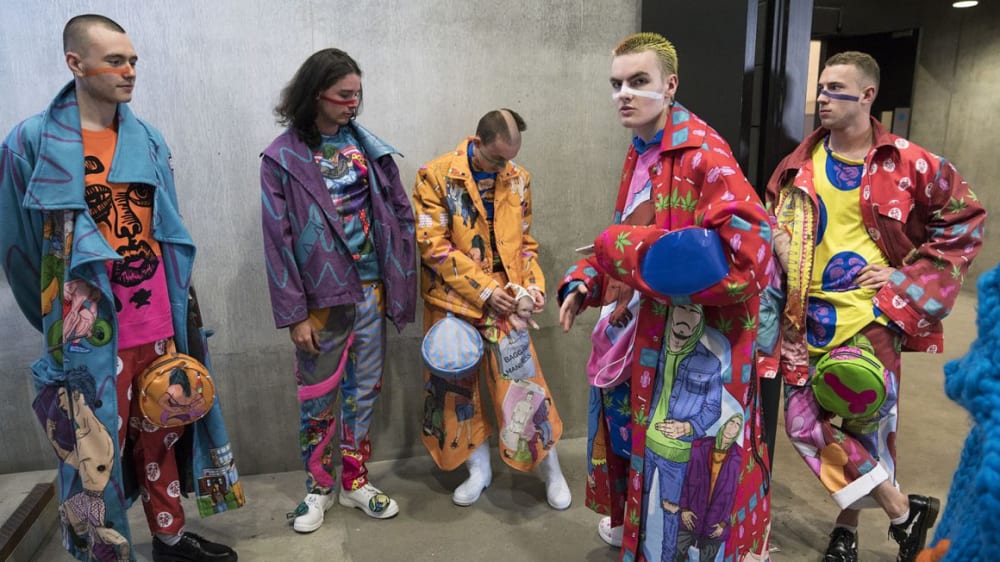To mark our new Readers, we hear more about their research plans. Here, Marketa Uhlirova, Reader in Fashion, Cinema and Visual Studies, considers fashion's role in cinema and the relationship between the past and present.
Congratulations on becoming a Reader. What will be your particular research focus?
"As director and curator of the biennial Fashion in Film Festival I have worked in the area of fashion in film for nearly 15 years. My festival seasons and exhibition projects have looked to the cinema – and more widely, moving image – to question the nature of fashion, just as much as they have used the lens of fashion, costume and dress to ask questions about film. But I don’t want to make this sound like a purely intellectual pursuit, all pipe smoking and beard scratching. I have also always wanted to explore the more primal sense of enchantment and intrigue – as well as the pleasure and joy and even humour – that looking at fashion and bodies in the moving image affords. That’s one of the reasons that recently I wanted to make something that would get this across more forcefully than a curated exhibition could. This something became The Inferno Unseen, a live film and music experience co-edited with the artist and musician Rollo Smallcombe.
Over the past decade or so, the moving image has been integrated into the curricula across Central Saint Martins to a staggering degree. On the Fashion programme, where I mostly teach, almost every pathway now deals with film, one way or another. There is a huge appetite for both making new films, but also for using film as a historical resource and research tool. It is exciting to contribute to this and translate some of my research into teaching while simultaneously learning from the students."
Gallery
In terms of your research: why this and why now?
"This is a question that has been on my mind lately. Soon, I will be finishing an AHRC-funded collaborative research project ‘Archaeology of Fashion Film’, run with colleagues here at Central Saint Martins and at Winchester School of Art. The project has a historical, or perhaps better to say, archaeological focus. It performs a double recovery of early fashion film from the beginning of the 20th century and (early) digital fashion film now. In each case it looks at how the media of the moving image changed the way fashion was presented and perceived. With our parallel focus on the past and the present we sought a direct confrontation between the then and the now because we wanted to test how our understanding of one can be re-shaped by the other. That’s why we draw quite explicitly on ‘media archaeological’ methods; they keep us attuned to the ways in which we conceptualise fashion and film media and technologies both in the past and in the present – how they come to be used socially and culturally, and how they are received and understood.
I suppose working on a historical subject in the context of art and design education has its own issues, if only because the most natural emphasis there is on the contemporary – on making sense of the world now. But I think any historical narrative is, in some fundamental way, a narrative about its own time, and it’s useful to be aware of that without necessarily instrumentalising research for the ‘uses’ of the present. On that note, let me quote from one of my favourite films, Marketa Lazarová (1967) – a very beautiful and wise film – which opens as follows (after the Czech writer Vladislav Vančura):
Why listen [to old stories]? Is there any sense in them?
Why were they written?
Tales told by chance, at random, for poetry’s sake.
At the behest of a wandering echo.
And because even the most ancient things lie in the web of present time."
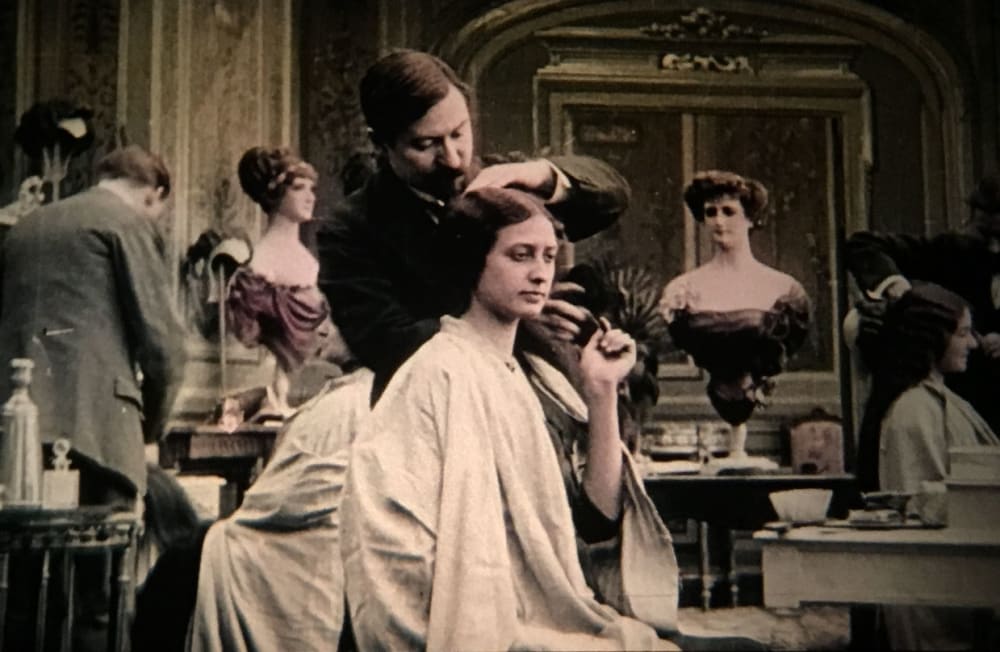
If you could change one thing about the way your discipline is viewed what would that be?
"If I had a ‘mission’, I would say it was to highlight fashion, costume and dress as absolutely quintessential elements of the cinema and cinema culture. Of course, this interest has an older tradition in film studies, beginning in mid-1980s. But despite the enormous contribution of individual scholars then, the debate on the whole seemed to be marginalised within the critical ‘mainstream’ – I guess because it was largely gendered and closely linked to a particular kind of feminist critique.
So I wanted to start a somewhat different conversation involving scholars who work in all kinds of areas (fashion, early cinema, dance, design, comics, literature) but also practitioners – artists, filmmakers, fashion image makers, musicians... At the same time, I wanted to broaden the scope from Hollywood feature film to all kinds of film forms – newsreels, commercials, process films, early cinema one-reelers, avant-garde and experimental films, B-movies and digital fashion films.
Since my research is by definition interdisciplinary, I like to poke into several disciplines all at once. For example, right now I would love to challenge the current culture of exhibiting film in museum spaces. It’s great to see major shows dedicated to the ‘masters of cinema’ like Kubrick, Godard or Tarkovsky, or film and video artists such as Chantal Akerman, Bill Viola, Jan Svankmajer, Hito Steyerl, or Paul Pfeiffer. But I’d like to see a much broader spectrum of cinema and film art being exhibited and recognised for its value – including ‘lesser’ and more commercial forms such as industrial and sponsored film, the commercial and newsreel."

What one question would you most like to find the answer to?
"At the moment I am trying to understand my own fascination with early fashion films from the 1910s and 20s (and of which we have now found hundreds) – the often very short and rudimentary scenes of slowly revolving heads, or small groupings of (mostly) women presenting their outfits for the benefit of one another. In their time, these films would have been mostly presented in colour, and seen as exquisite and even magical. From today’s media perspective, they seem utterly compelling once again, this time in part because of their ‘otherness’ – their ‘lack’ of sophisticated performance, filmmaking and editing techniques. But the closer and longer one looks at them the more captivating they appear. Their ‘imperfections’ become especially potent. So now I am trying to find early writings that talk about the effect they once had on audiences, to help me understand better what it means to watch fashion and the body on the luminous screen."
